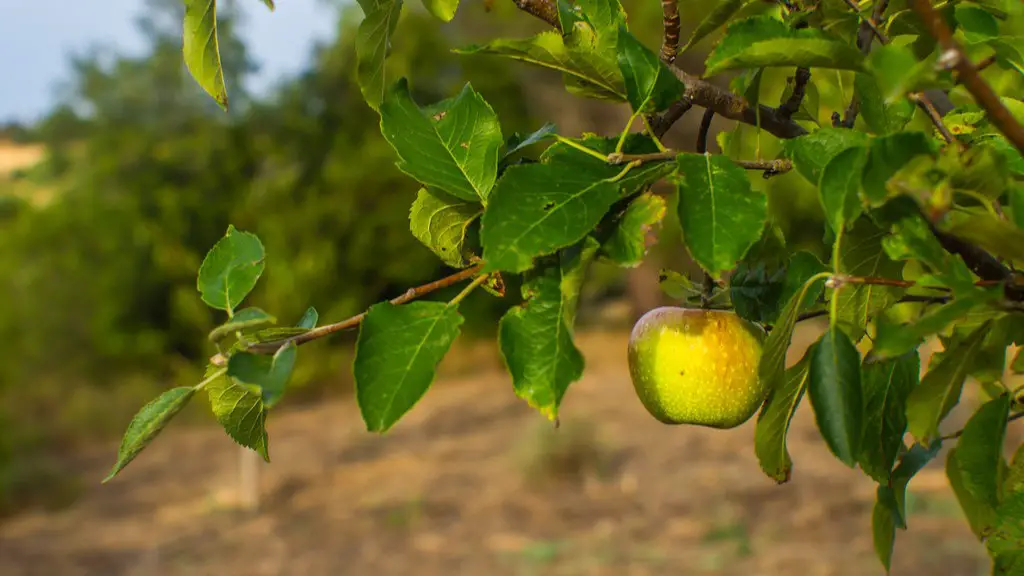One of the most important skills a gardener must possess is how to protect citrus trees from frost. Frost protection is essential to the survival and growth of lemon trees, and there are several steps that can be taken to protect your tree in cold climates. The first step is to understand your tree’s tolerance for cold temperatures and what weather conditions can trigger a frost. Secondly, choose a suitable spot for the lemon tree, preferably out of the wind and away from frost pockets. Thirdly, protect the lemon tree with a frost cloth. Fourthly, try to water the lemon tree regularly, as an over-watering can worsen frost damage. Fifthly, cover and protect the tree’s canopy from frost by pruning, applying mulch and insulating the trunk. Sixthly, place frost-resistant materials on the tree to provide additional insulation and protection. Finally, if possible, provide supplemental protection by using thermometers to gradually increase the temperature.
Choose A Suitable Spot
Choosing a site with proper drainage, adequate sunlight, and ample protection from winds and frost pockets is crucial for keeping lemon trees healthy and frost-free throughout the winter. A spot on the south side of a building, away from north winds and cold air drainage, is the best spot for an outdoor lemon tree. Also, choose a planting site that is sufficiently distant from nearby trees, walls, and fences to prevent it from being overshadowed in winter.
Provide an Insulating Cover
A good way to protect lemon trees from freezing temperatures is to provide an insulating cover around the tree. For example, using a frost cloth or bed sheet to cover the tree at night can help to keep warmth around. Make sure the cover does not touch the tree itself, as this could cause the tree to retain cold air and make it more vulnerable to frost damage.
Mulch and Prune Trees
Using organic mulch around the base of the lemon tree can help to regulate the soil temperature and protect the tree from extreme cold. Pruning the tree can also help to maintain the tree’s health and promote cold hardiness. Pruning encourages new growth, which can provide additional protection against the cold.
Monitor Soil Moisture
When temperatures drop, soil moisture is more important than ever. Keeping the soil around the tree moist can help to insulate the roots, preventing them from becoming too cold and vulnerable to frost damage. But make sure to avoid overwatering the tree, as this can lead to waterlogging and other issues.
Use Thermometers
Monitoring the temperature around your lemon tree is important for frost protection. Placing thermometers around the tree can help you to track cold spots, letting you know when you need to take extra measures to protect the tree from frost.
Locate Frost Fans
Frost fans can provide additional protection against frost. These fans are programmed to turn on when temperatures drop to a certain level, and they direct warm air onto the tree, preventing frost damage. Placing frost fans in strategic locations around the lemon tree can provide a much-needed buffer when temperatures begin to dip.
Provide Additional Protection
If the temperatures in your region are especially cold, you may want to consider providing additional protection to the lemon tree. Wrap the trunk in protective burlap or bubble wrap to help reduce the risk of frost damage. You can also place a portable heater or other warming device near the tree as an extra measure of protection.


